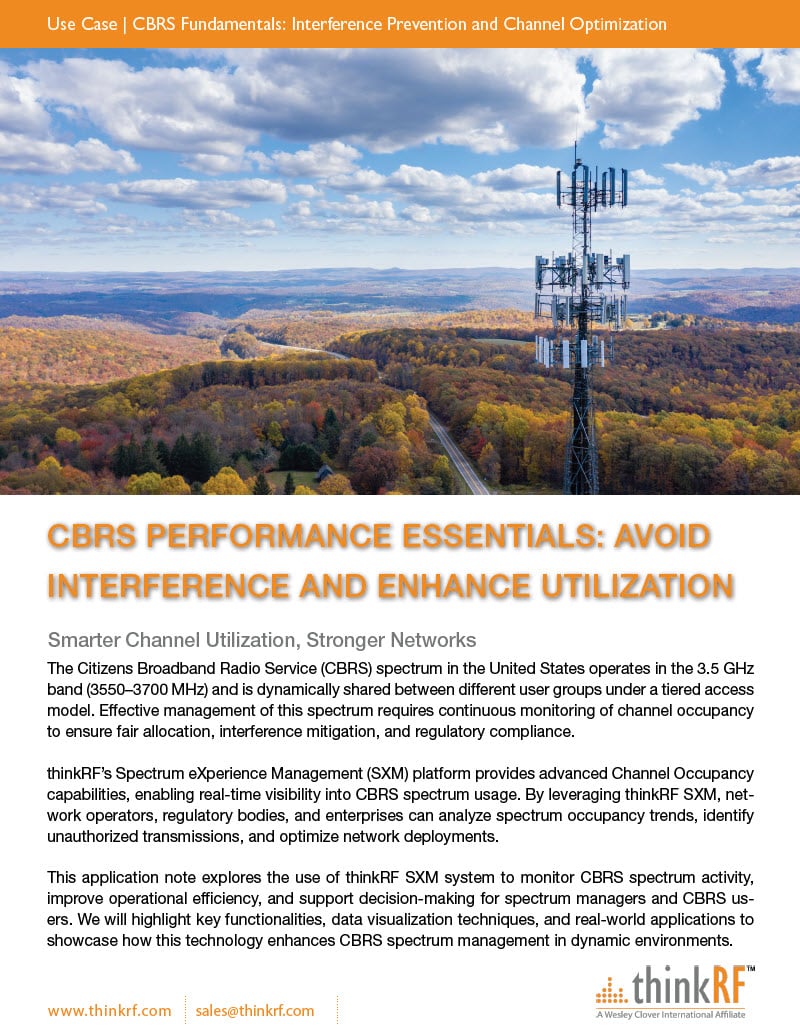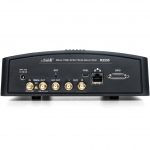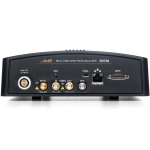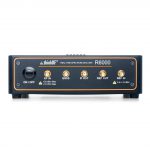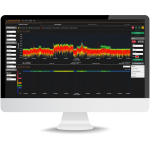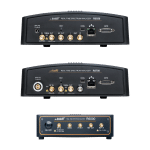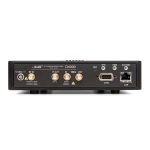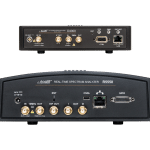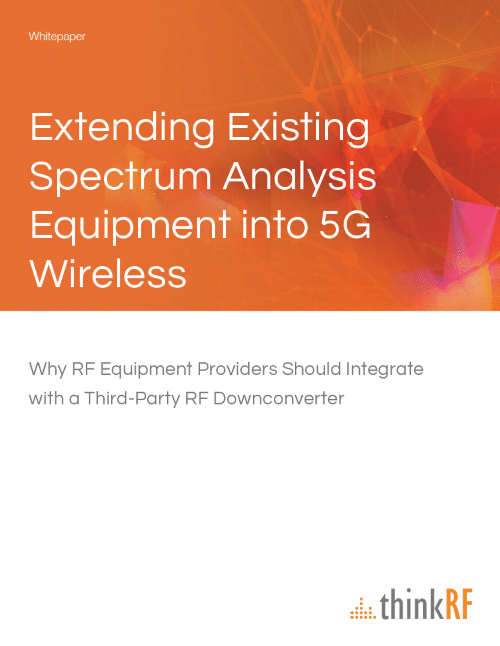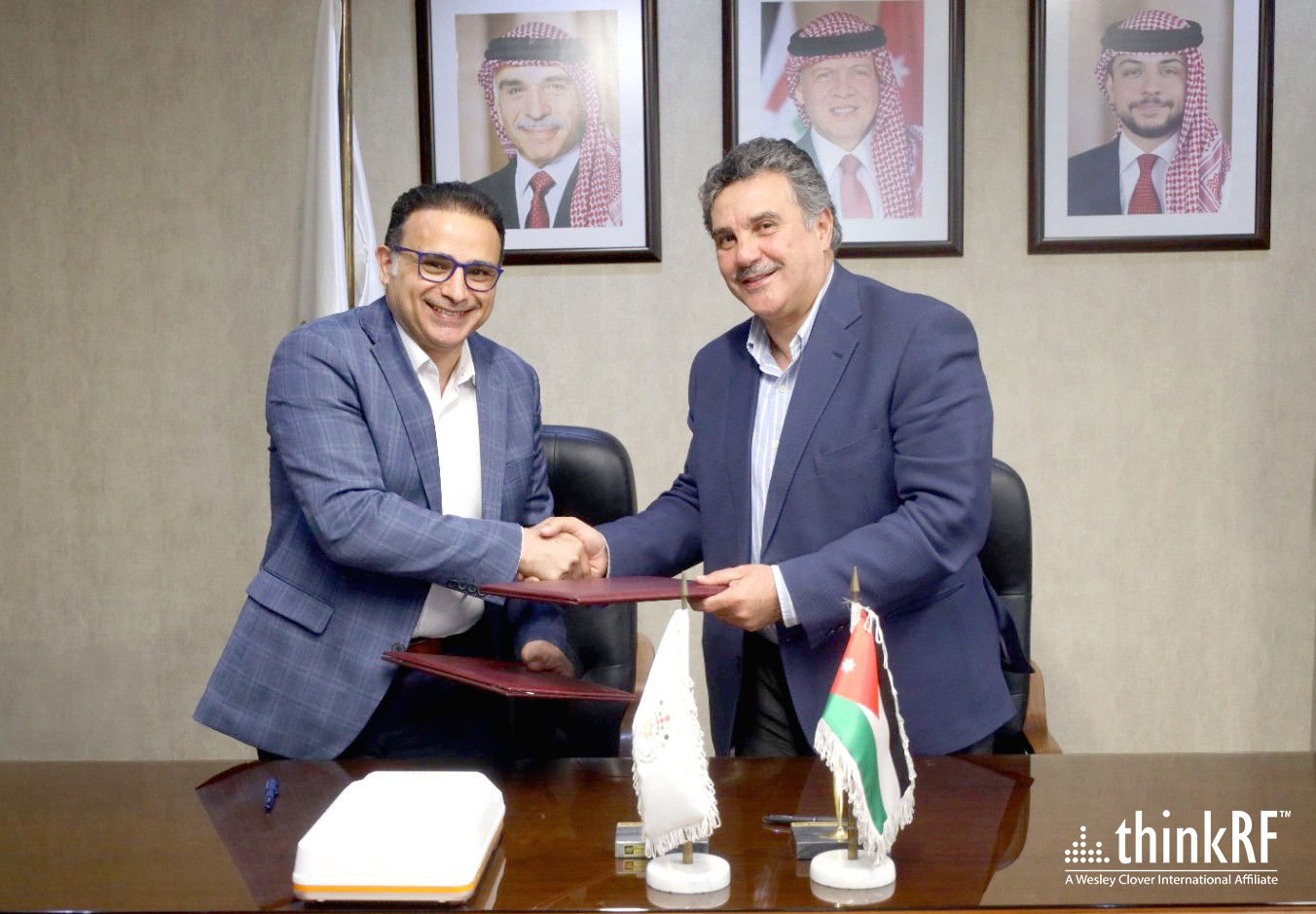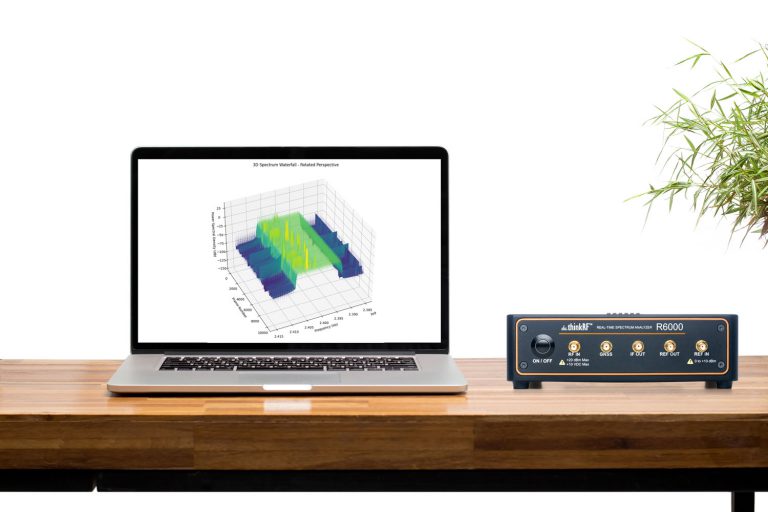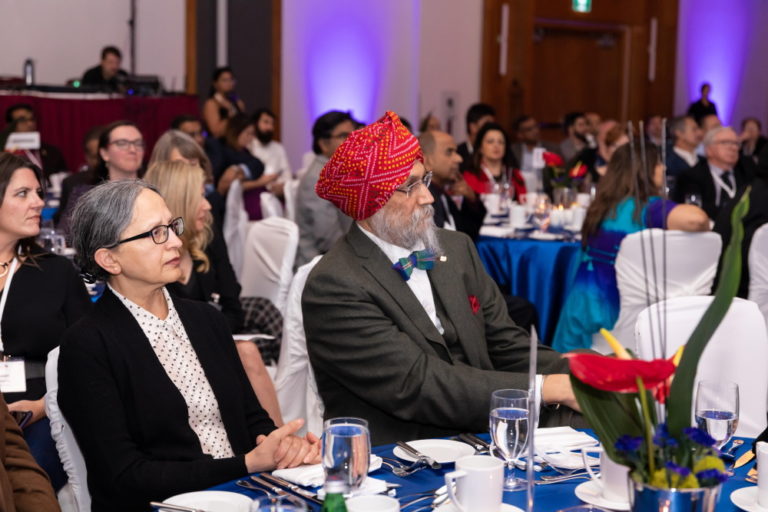Imagine undergoing surgery, but the doctor is operating remotely from the other side of the world. Or imagine riding in a truly autonomous and connected vehicle that not only senses the vehicles around it, but also connects to real-time traffic information to choose the best route. Picture smart cities with millions of devices reporting and monitoring energy and utility use, traffic patterns, public safety information and other critical infrastructure. Or, simply imagine streaming 4K or better video in a crowded stadium or on a fast moving vehicle without any interruptions.
These examples are just some of the potential use cases that 5G wireless will enable. And while everyone agrees on the results, nobody is quite as sure how we will arrive at this future. Standards are still being developed, new spectrum bands are being studied, and government, industry, and other interest groups are all working furiously to overcome the technological, economic and policy challenges that arise when implementing 5G wireless.
Through it all, test and measurement equipment like real-time spectrum analyzers play an important role in developing this new technology. And as 5G pushes the boundaries of wireless communications, it also pushes the capabilities and performance requirements of real-time spectrum analyzers.
High frequency spectrum critical to 5G
The potential use cases and applications mentioned above are all dependent on the faster speed, lower latency, and higher reliability that 5G wireless will provide. While estimates vary, critical applications and infrastructure could require speeds as high as 10 Gb/s, latency as low as 1 ms, and reliability as high as 99.9999%.
To achieve these performance levels, researchers are looking at frequencies and bandwidths well beyond those used for today’s Wi-Fi or 4G/LTE Advanced. But there has yet to be agreement on 5G wireless standards, and each potential band being studied presents its own unique challenges in terms of its viability for mobile communications.
Last year, the International Telecommunications Union (ITU) proposed several spectrum bands between 24 GHz and 86 GHz. However, the leading candidate so far is the 28 GHz spectrum band, which wasn’t on the ITU’s list. The 28 GHz band is being studied and tested by leading telecom providers like Verizon, AT&T, and SK Telecom, in partnership with global equipment providers such as Nokia and Ericsson. And in July of 2016, the FCC opened up the 28 GHz band for 5G, further cementing its position as the favorite.
Requirements of real-time spectrum analyzers
All of the proposed bands are at much higher frequencies than anything use before for mobile communications. This presents researchers with a number of challenges when it comes to choosing the right test equipment. Previous equipment and spectrum analyzers may not be able to capture signals at frequencies this high combined with bandwidths that are wide enough, or they may be able to at the expense of being extremely costly and bulky.
In addition to this, the lack of clarity around which frequencies will eventually prevail means equipment needs to be versatile and flexible enough to easily capture different signals at different times. Ideally, this needs to be done without making any changes to the hardware itself to make it as easy as possible for researchers to study a variety of waveforms.
Finally, because the first 5G demonstrations aren’t slated until the 2018 Olympics in South Korea, and widespread 5G wireless access isn’t expected until at least 2020, spectrum analyzers must be easily upgradable in order to take advantage of the latest computing and processing power available.
Developing the future of 5G wireless
Once these challenges are overcome, standards are developed, and 5G wireless is deployed, the possibilities are almost endless. As we sit on the cusp of a mobile and wireless revolution, the equipment that goes into studying, testing and deploying these new high frequency waves will pave the way for this exciting future.
Are you going to Mobile World Congress? Tim Hember, COO at ThinkRF, is there on the show floor! Send him a message to set up a meeting, and see how ThinkRF is addressing the challenges 5G poses!

